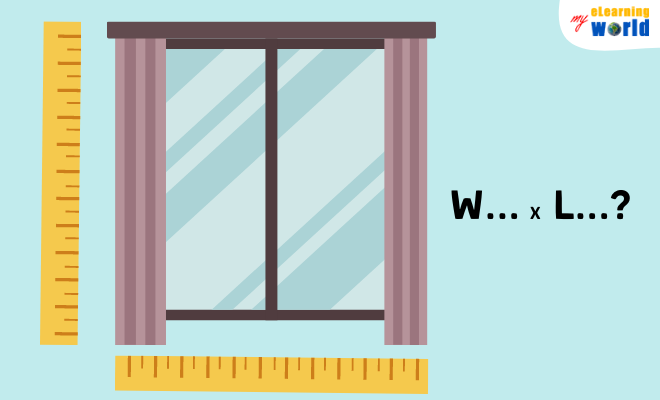As an instructional designer who’s recorded all types of projects in both my home studio and professional studios over the years, I’ve discovered that soundproof curtains can be used in many different ways to shape and control sound. In some cases, I use them to divide a room into sections for different musicians. In others, I layer curtains against hard surfaces to reduce acoustic reflections. Of course, I also use them if I’m recording in a studio that has windows facing outdoors to control environmental sounds as well.
All in all, soundproof curtains offer a host of benefits, including blocking sound from entering or exiting a room; reducing noise levels in a studio, home theater, office, or other space; improving the acoustics of a room; and improving the quality of your recordings.
But here’s the thing — not all acoustic curtains are created equal. While studies have shown the best soundproof curtains can reduce noise levels by 29 db, the fact is not all of the studio curtains out there on the market do what they promise. I’ve learned there are certain things you need to look for when shopping for these curtains, and I’ll share them with you in the guide below.
4 Steps to Choosing the Right Soundproof Curtains
Step 1: Analyze Your Budget

I almost always start planning any recording purchase by analyzing my budget.
Why?
Well, we all have a bottom line to think about, but I also want to make sure I’m not spending too much on one piece of gear when I could put that money into more important studio hardware in the future.
The good news is that sound absorbing curtains are relatively inexpensive compared to other types of acoustic control solutions. Even the best soundproof curtains are fairly affordable for most people.
Many options I outline in my reviews below are available to meet almost any budget.
Step 2: Consider the Size of the Sound Absorbing Curtains You Need

In keeping with the budget planning, I also recommend you take a long, hard look at your space and its needs. Bust out the tape measure and note down the size of the room, and include a breakdown of each individual area that will require sound control.
This will help in planning your budget, but it will also give you an idea of where you can position certain audio sources relative to your soundproof curtains to maximize the space you have.
Remember that you may need to add extra layers to block or reduce sound in some areas with hard surfaces, so consider picking up a few extra sound deadening curtains to give yourself options.
Step 3: Choose the Right Materials for Your Soundproof Curtains
After you’ve figured out how much space you’ll need to cover and how much the basic setup will cost, the next step is to consider the type of materials you’ll want your sound deadening curtains to be made out of.
I like to think of these factors as upgrades after I know how much I have to spend and how much my base price is going to be.
“If you’re looking to buy soundproofing curtains, you should look for thick, heavy curtains that will cover the whole window,” recording engineer and producer Adam Sliger at Sunray Recording Studio told us. “Thin, lightweight curtains won’t be as effective in stopping sound waves from reflecting off of your windows. If they’re thin and see-through, you aren’t getting the most optimal acoustic situation.”
In other words, regular window curtains won’t cut it here. You need curtains specifically designed to absorb noise and offer effective acoustic treatment.
Here are some common configurations of studio curtains:
Multi-Layer

Multi-layer soundproof curtains are sometimes made of different materials that have been sewn together. This is usually done to improve the blocking power of the curtain, but it may also improve the aesthetics.
I like multi-layer products, but I sometimes prefer using single-layer products that I can layer myself. This gives me more control of the setup of my sound absorbing curtains.
Insulated

Insulated designs can be beneficial when an audio source needs to be isolated from changes in temperature. This can help a vocalist who needs to feel warmer or cooler, but it can also isolate equipment from heat sources.
Blackout

Soundproof curtains that utilize blackout materials can provide a lot of sound control, but they will also make it harder to see if they are used to cover windows and doorways. Most studios are kept dim anyway, so a blackout design may make spaces even darker.
If you’re using soundproof curtains for a home theater space, blackout curtains can definitely be a good choice.
Step 4: Think About the Installation

Lastly, it’s important to consider the installation process when choosing the best soundproof curtains for noise control. Products that utilize multiple layers, and especially products that include thermal blocking, tend to be pretty heavy.
If you’re hanging heavy soundproof curtains to be used as a divider in a studio space, you’ll need enough support to manage all this extra weight.
If, however, you’re using sound dampening curtains that are made from linens, cottons, nylons and other fabrics, hanging draperies from a standard rod may be just fine.
When using sound control fabrics on windows or to cover doors, make sure you have the appropriate height clearance to attach mounting hardware. I like to leave a few inches of clearance in case adjustments need to be made later.
Useful Resources
- How to soundproof a room with egg cartons
- Soundproofing vs sound treatment
- Science of soundproofing
- How to build a soundproof room
- Most effective soundproofing materials
Final Thoughts
When used properly, studio draperies can make a big difference in recording clarity and quality sound.
But remember, not all soundproof curtains are worth the money, so make sure you follow the tips above to find ones that will help you achieve your specific goals for your space.
- Elevating Your Virtual Presence: Why EMEET’s SmartCam S800 Stands Out in Modern Communication - 06/04/2025
- US Teachers Will Spend $3.35 Billion of Their Own Money on Classroom Expenses in 2025-25 School Year - 06/04/2025
- Report: Leveraging AI Tools Could Help US Teachers Avoid $43.4 Billion of Unpaid Overtime Work - 06/04/2025


